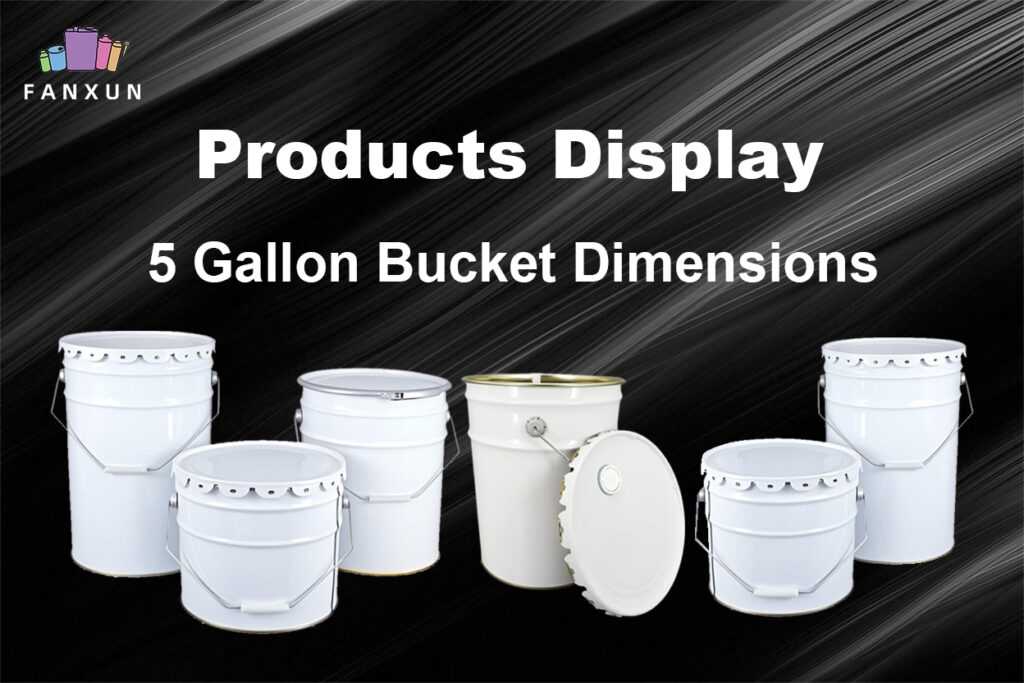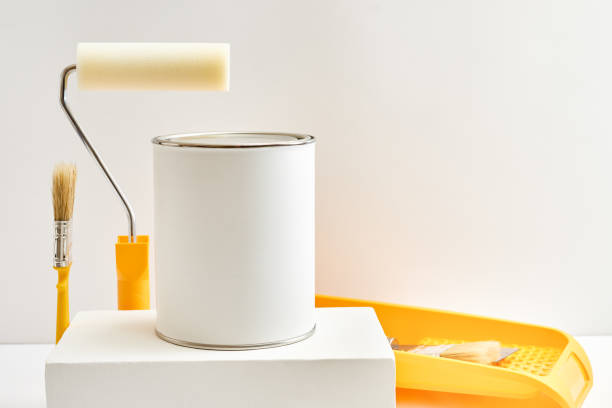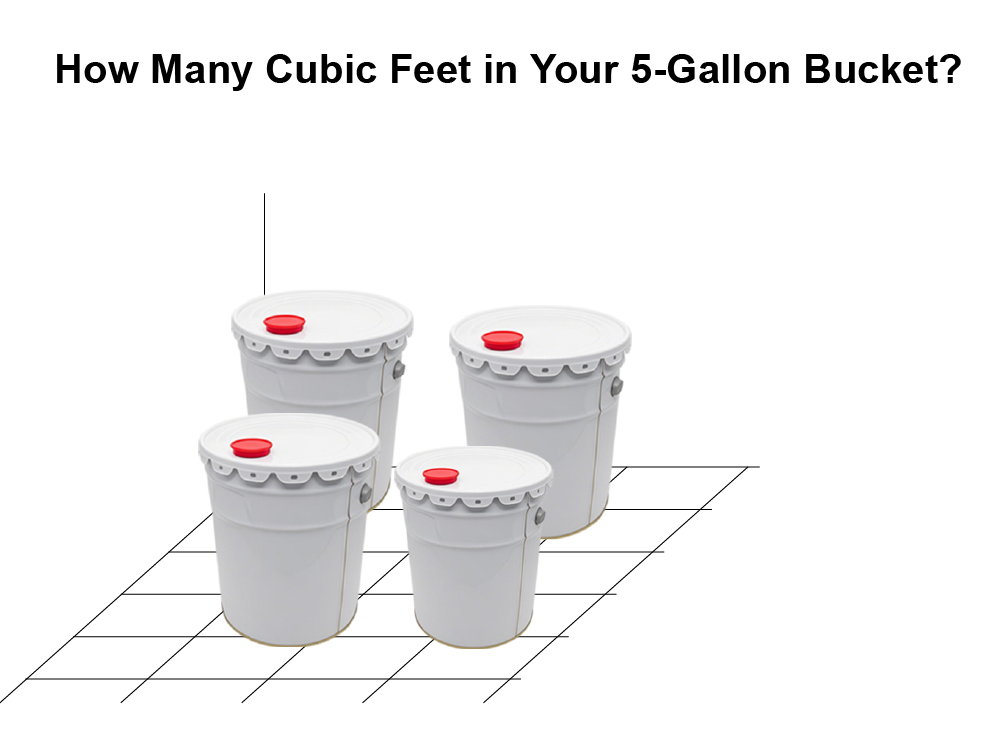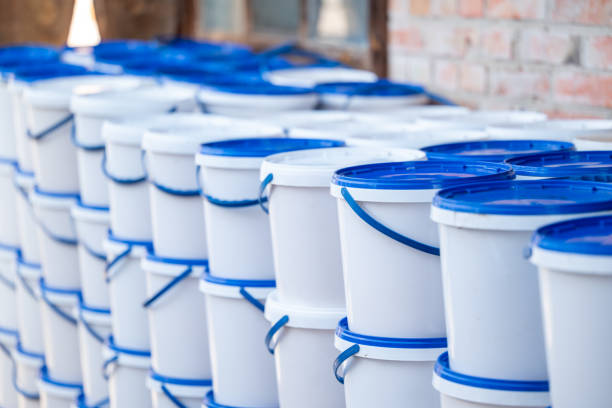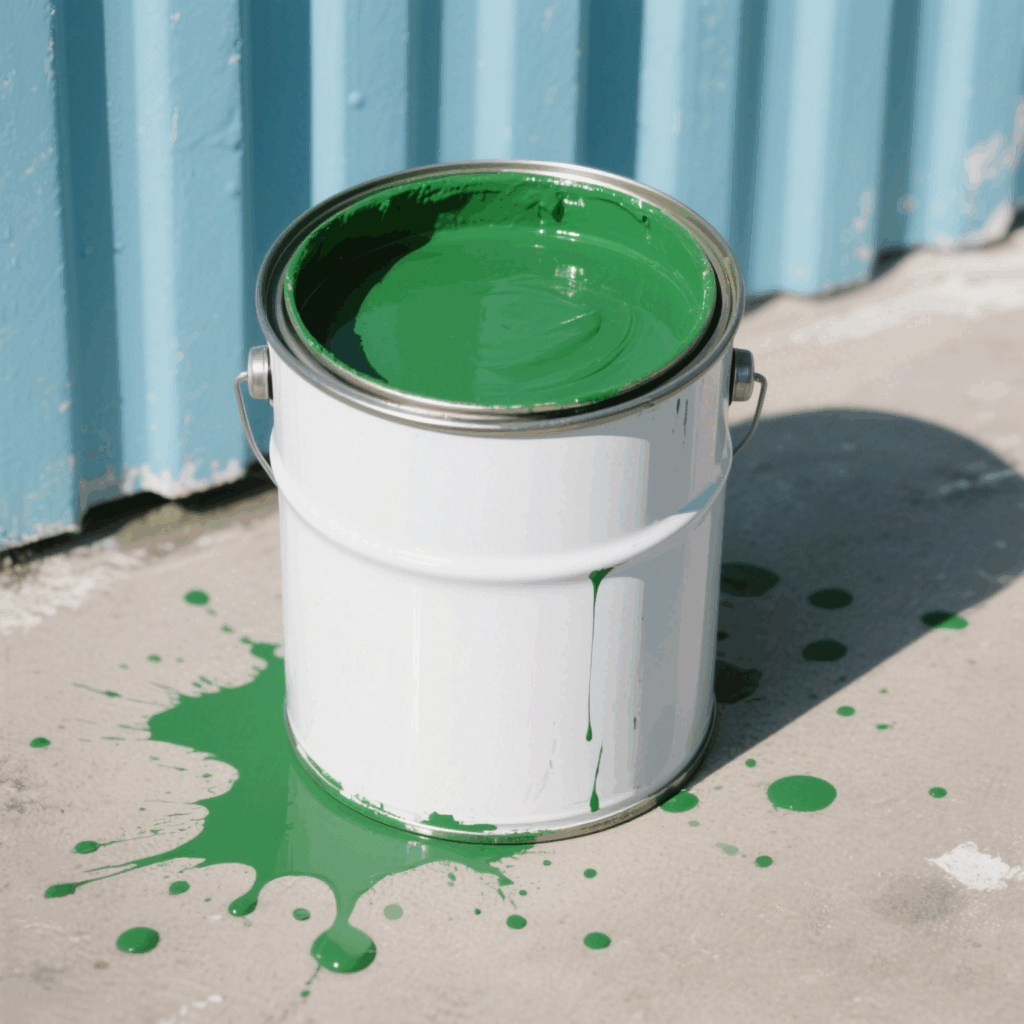Grafiti, Bir sokak sanatı olarak, yavaş yavaş marjinal kültürden ana akıma geçti, ve daha fazla insan tarafından kabul edildi ve takdir edildi. Kentsel alanları canlı tuvallere dönüştürdü. Master sprey olabilir teknikler sonsuz yaratıcı olasılıkların kilidini açabilir. Yeni başlayanlar uygulama ve deneyi benimsemelidir. Hatalar spreyde büyümeye yol açar Graffiti sanat. Her inme güven ve beceriler oluşturur. Yeni başlayanlar için, Master Sprey Can teknikleri, yaratıcı süreçte en kritik adımdır.
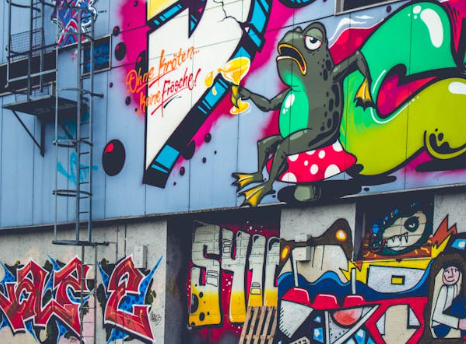
Doğru sprey kutusunu seçin ve nozul
Farklı sprey kutuları ve nozulları (kapaklar) farklı etkiler üretecek. Tarzınız için doğru aracı seçmek, başarının ilk adımıdır.
Sprey kutu türleri: Piyasada sprey kutularının birçok markası ve modeli var. Yeni başlayanlar Montana ve Krylon gibi tanınmış markalarla başlayabilir. Bu sprey kutu markaları istikrarlı kaliteye ve zengin renk seçeneklerine sahiptir. Veya kendi aerosol kutularını özelleştirmek için bazı aerosol yapabileceğiniz üreticilerle iletişime geçin.
Nozul seçimi: Birçok nozul türü var, İnce çizgi nozulları dahil (ince kapaklar), Geniş çizgi nozulları (yağ kapakları), yumuşak nozullar (yumuşak kapaklar), vesaire. İnce çizgi nozulları detaylandırma ve çizgi çizimi için iyidir, Geniş çizgi nozulları geniş alanları ve arka plan işlemeyi doldurmak için iyidir.
Graffiti sanatçısı Jane Smith tavsiye ediyor: “Yeni başlayanlar farklı nozul türlerini denemeli ve her nozulun püskürtme etkisini ve uygulanabilir senaryolarını anlamalı, böylece yaratılışlarında kullanışlı olabilirler.”
Master Basic Graffiti Püskürtme Teknikleri
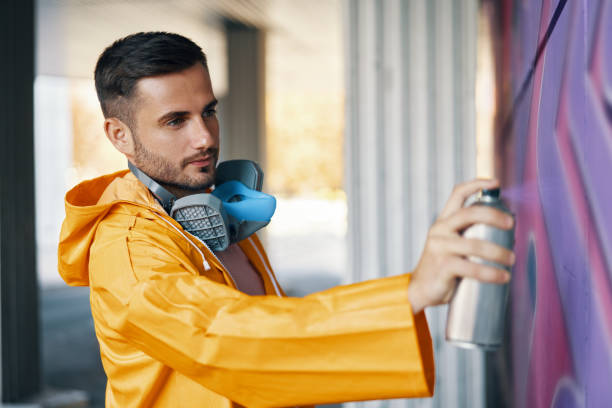
Püskürtme teknikleri grafiti yaratmanın temelidir, Ve bu tekniklere hakim olmak, yeni başlayanların sprey kutusunu daha iyi kontrol etmesine yardımcı olabilir.
Mesafe kontrolü
Nozul ile duvar arasındaki mesafeyi saklayın 15-30 püskürterken cm. Çok yakın mesafe boyanın birikmesine ve damlamasına neden olur, ve çok uzak mesafe düzensiz püskürtmeye neden olur.
Hareket hızı
Püskürterken nozulun eşit bir hızda hareket ettirin. Çok hızlı hareket etmek rengi solacak, Ve çok yavaş hareket etmek kolayca damlamaya neden olur.
Açı ayarı
Nozulun açısını püskürtme ihtiyaçlarına göre duvara ayarlayın, hattın kalınlığını ve etkisini değiştirebilir. Çizgiler Sprey Can Graffiti Sanatının Omurgasını Oluşturur. Spreyi yüzeyden sabit bir mesafede tutun. Temiz çizgiler oluşturmak için kolunuzu düzgün bir şekilde hareket ettirin. Düz ve kavisli çizgiler uygulayın. İnce detayları tasvir etmek için ince bir kalem kapağı kullanın. Farklı çizgi kalınlıkları elde etmek için farklı basınçlarla deneyin.
Doldurma
Dolgu, grafitinize renk ve derinlik katar. Geniş alanları hızlı bir şekilde örtmek için kalın bir kalem kapağı kullanın. Hatta boya uygulayın, üst üste binen vuruşlar. Damlamayı önlemek için elinizi sabit tutun. Daha zengin bir efekt için rengi katmanlayın. Master kontrolü için farklı yüzeylerde doldurma pratiği yapın.
Gölgeleme ve harmanlama
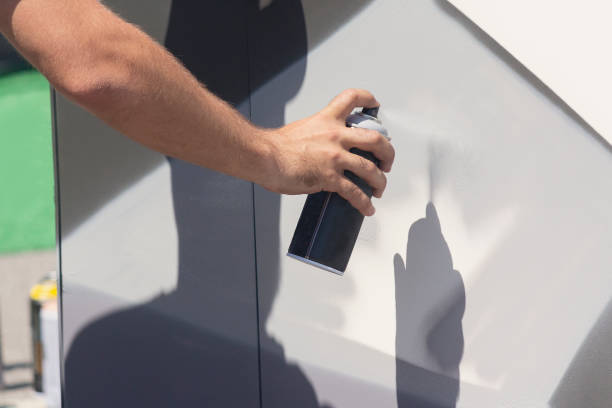
Gradyanlar hayatı püskürtme can grafiti sanatına getirin. Temel renkle başlayın. Uzaktan püskürterken yavaş yavaş ikinci bir renk tanıtın. Spreyi hareket ettirerek iki rengi karıştırabilir. Gradyanın pürüzsüzlüğünü kontrol etmek için mesafeyi ayarlayın. Çalışmanızı geliştirmek için gradyanlar uygulayın.
Renkleri karıştırma dinamik bir etki yaratır. İki veya daha fazla renk seçin. İlk rengi hafifçe püskürtün. İlk renk hala ıslakken ikinci rengi tanıtın. Kutuyu dairesel bir hareketle hareket ettirerek karıştırın. Farklı renk kombinasyonlarını deneyin. Derinlik ve canlılık eklemek için ana harmanlama.
Efektler yaratmak
Dripler ve sıçrayanlar püskürtme grafiti sanatına doku ekler. Damlamak için kutuyu yüzeye yakın tutun. Boyanın doğal olarak akmasına izin verin. Sıçrayan, Nozumu hızlı bir şekilde vurun. Daha ince bir sıçrama efekti için diş fırçası kullanın. Tarzınızı bulmak için farklı teknikler deneyin.
Şablonlar ve maskeler
Şablonlar ve maskeler hassasiyet sağlar. Tasarımı karton veya plastikten kesin. Şablonu yüzeye doğru tutun. Şablonun üzerine eşit olarak boya püskürtün. Tasarımı ortaya çıkarmak için şablonu dikkatlice çıkarın. Alanları aşırı püskürten korumak için bir maske kullanın. Karmaşık desenlere ulaşmak için şablon ve maskelerin bir kombinasyonunu kullanın.
Güvenlik ve çevre korumasına dikkat edin
Graffiti için sprey kutuları kullanırken, Güvenlik ve Çevre Koruması da aynı derecede önemlidir.
- Koruyucu Diş!: Maskeyi giymek, Zararlı gazları solumak ve ciltle temas etmek için püskürtülürken eldiven ve gözlükler.
- Uygun bir mekan seçin: Yasal bir mekanda yaratın ve diğer insanların mülklerine ve kamu tesislerine saygı gösterin. Birçok şehirde özgürce yaratabileceğiniz yasal grafiti duvarları vardır.
- Çevre bilinci: Düşük uçucu organik bileşiklere sahip çevre dostu sprey kutularını ve boyaları seçin (VOC'ler) çevreye kirliliği azaltmak için
Sprey bakım yapabilir
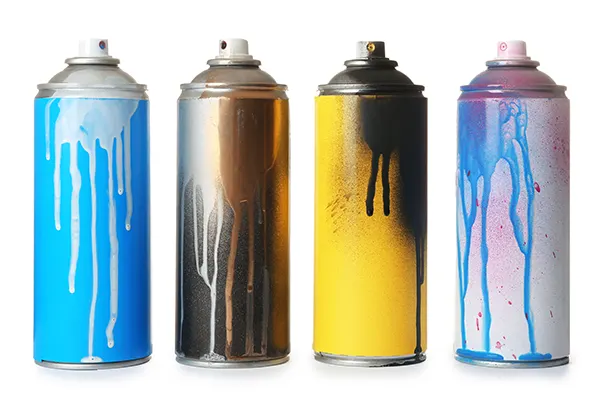
Nozumu temizle
Nozulun temizlenmesi tutarlı performans sağlar. Her kullanımdan sonra memeyi çıkarın. Aseton gibi bir çözücüde ıslatın. Herhangi bir tıkanıklığı temizlemek için bir pim kullanın. Memeyi su ile durulayın ve kurumasını bekleyin. Düzenli temizlik, sprey kutusunun ömrünü uzatabilir.
Sprey kutularını saklamak
Uygun depolama sprey kutularını iyi durumda tutar. Tıkanmayı önlemek için kutuları dik olarak saklayın. Onları serin ve kuru bir yerde tutun. Boyayı karıştırmak için kutuyu düzenli olarak sallayın. Rengi kolayca tanımlamak için kutuyu etiketleyin. İyi Depolama Alışkanlıkları Sprey Can Graffiti Sanat Malzemelerinin kalitesini koruyun.
Özet
Sprey Can Graffiti Art, sonsuz yaratıcı olanaklar sunar. Çizgiler gibi ustalaşma teknikleri, doldurma, ve gradyanlar sağlam bir temel oluşturabilir. Beceri ve güven oluşturmak için düzenli pratik yapın. Eşsiz stilinizi bulmak için farklı nozullar ve yüzeylerle deneyin. Graffiti sanatçısı olma yolculuğunun tadını çıkarın. Hataları öğrenme fırsatları olarak görüntüleyin. Daha fazla profesyonel tavsiye ve destek almak için grafiti topluluklarına ve etkinliklerine katılın, ve sprey boya grafiti sanatının sınırlarını zorlamaya devam edin. Adanmışlığınız kentsel alanları canlı tuvallere dönüştürecek.















